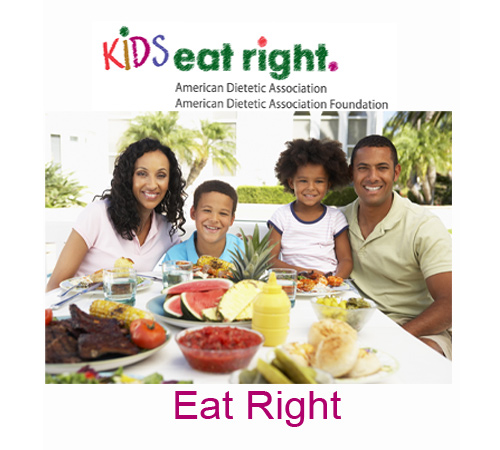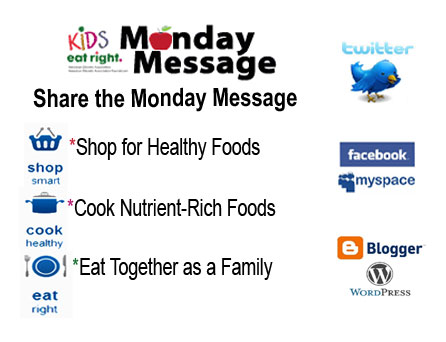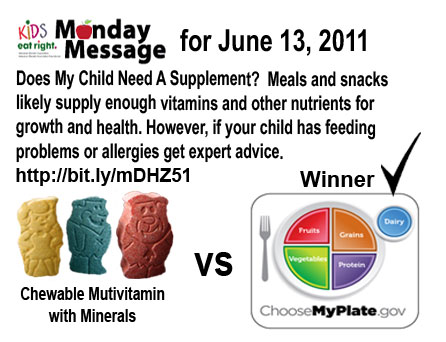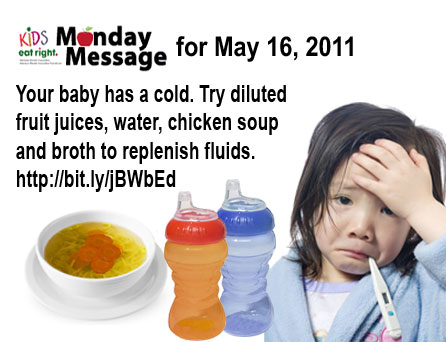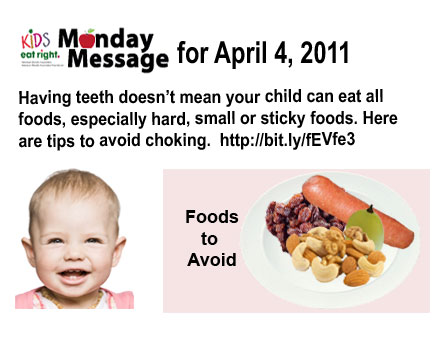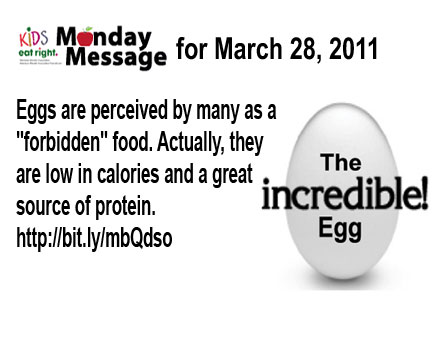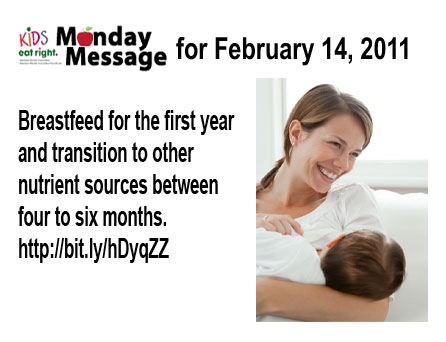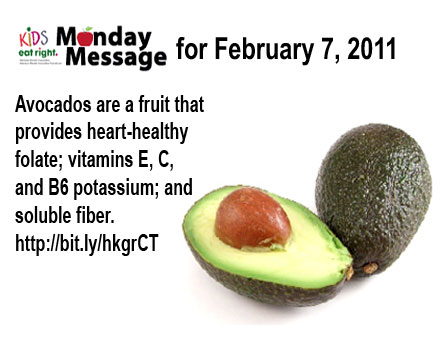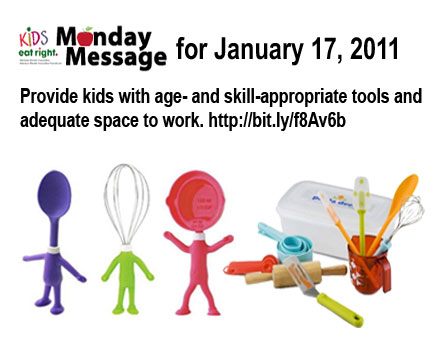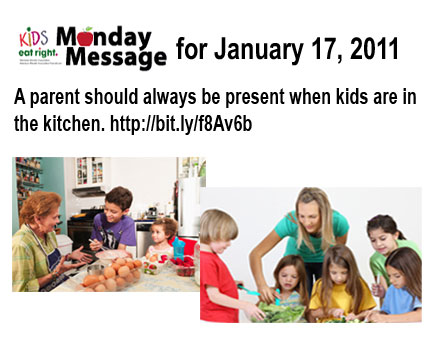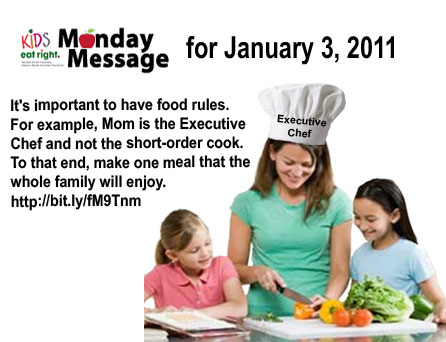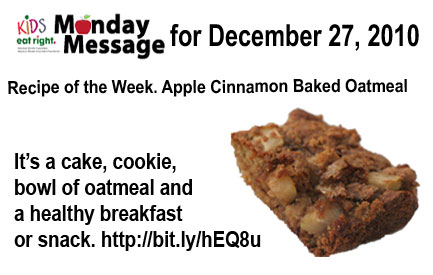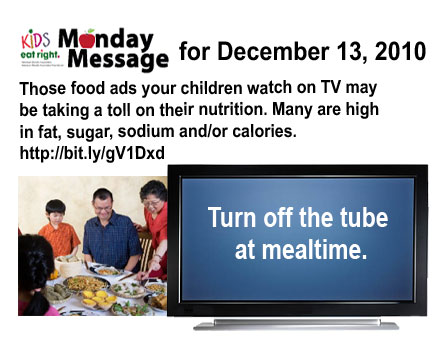"Special Olympics is about sports but it is also about so much more. For people with intellectual disabilities, Special Olympics is often the only place where they have an opportunity to participate in their communities and develop belief in themselves. It is inspiring when you see a father’s pride in his son's achievement … a mother's relief when her daughter makes friends … siblings cheering for their brother or sister for the first time."
2011 Special Olympics World Summer Games are set for Athens, Greece. This event will mark the second World Summer Games in Europe and the third Summer Games held outside the U.S.
Words matter. Words can open doors to enable persons with disabilities to lead fuller, more independent lives. Words can also create barriers or stereotypes that are not only demeaning to persons with disabilities, but also rob them of their individuality. Special Olympics prefers to focus on people and their gifts and accomplishments, and to dispel negative attitudes and stereotypes."
From Special Olympics Terminology
Appropriate Terminology
• Refer to participants in Special Olympics as Special Olympics athletes rather than Special Olympians or Special Olympic athletes.• Refer to individuals, persons or people with intellectual disabilities, rather than intellectually disabled people or the mentally retarded.
• A person has intellectual disability, rather than is suffering from, is afflicted with or is a victim of intellectual disability.
• Distinguish between adults and children with intellectual disability. Use adults or children, or older or younger athletes.
• A person uses a wheelchair, rather than is confined or restricted to a wheelchair.
• “Down syndrome” has replaced Down’s Syndrome and mongoloid.
• Refer to participants in Special Olympics as athletes. In no case should the word athletes appear in quotation marks.
• When writing, refer to persons with a disability in the same style as people without a disability: full name on first reference and last name on subsequent references. Do not refer to an individual with intellectual disabilities as “Bill” rather than the journalistically correct “Bill Smith” or “Smith”.
• A person is physically challenged or disabled rather than crippled.
• Use the words “Special Olympics” when referring to the worldwide Special Olympics movement.
Terminology to Avoid
• Do not use the label “kids” when referring to Special Olympics athletes. Adult athletes are an integral part of the movement.
• Do not use the word “the” in front of Special Olympics unless describing a specific Special Olympics event or official.
• Do not use the adjective “unfortunate” when talking about persons with intellectual disabilities. Disabling conditions do not have to be life-defining in a negative way.
• Do not sensationalize the accomplishments of persons with disabilities. While these accomplishments should be recognized and applauded, people in the disability rights movement have tried to make the public aware of the negative impact of referring to the achievements of physically or intellectually challenged people with excessive hyperbole.
• Use the word “special” with extreme care when talking about people with intellectual disabilities. The term, if used excessively in references to Special Olympics athletes and activities, can become a cliché.
Become a Volunteer
Volunteering with Special Olympics creates change that carries forth from our Programs and into the world. Whether you’re an individual or a member of a school, church, work, civic or other group; whether you can volunteer for just a few hours on a single day as a scorekeeper, or several hours a week, year-round, as a special events coordinator; there are volunteer opportunities for you.
Support the Special Olympics
Your Gift can change a Life.








